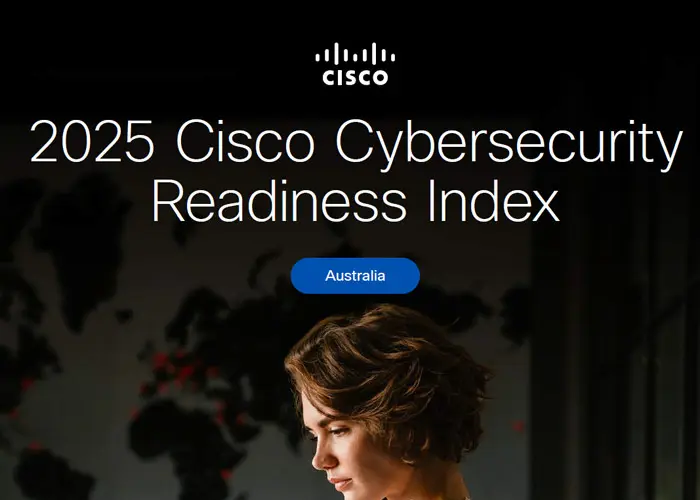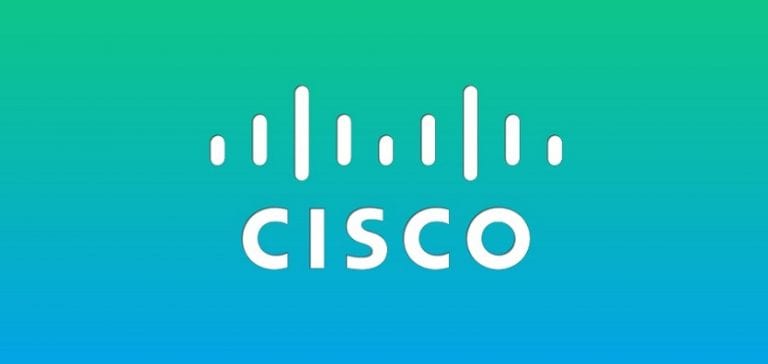A few short years after Gen AI was introduced, artificial intelligence (AI) continues to change the tech industry at record speed, as businesses race to launch new technology and to meaningfully implement it as part of their IT strategies.
While AI brings promise of new possibilities, it also adds layers of complexity to an already complicated security landscape. It’s challenging for companies to both embrace and secure AI. What’s more, there’s a disconnect between general understanding of the threats posed by AI and what it takes to secure organizations against those threats. Globally, nearly nine out of 10 (86%) business leaders with cybersecurity responsibilities reported at least one AIrelated incident in the past 12 months. Just 48% believe that their employees understand how malicious actors are using AI to enhance their attacks. Under half (45%) feel their company has the internal resources and expertise to conduct comprehensive AI security assessments. However, only 10% consider AI to be the most challenging aspect of their security infrastructure to protect. As AI-enabled threats become increasingly sophisticated, these threats will only rise.
Cisco’s third annual Cybersecurity Readiness Index is our updated guide that addresses the current global cybersecurity landscape and assesses how ready companies are to face today’s cybersecurity risks. It is based on a double-blind survey of 8,000 businesses and cybersecurity leaders across 30 global markets. Respondents represent a broad range of private sector industries, including financial services, retail, technology services, and manufacturing.
The 2025 edition of this study shows that readiness remained flat from 2024. Based on five pillars of cybersecurity readiness that are most relevant to securing today’s organizations – Identity Intelligence, Machine Trustworthiness, Network Resilience, Cloud Reinforcement, and Artificial Intelligence (AI) Fortification.


